What is a duende?
Coming from southern Spain, “duende” has only recently migrated to English. Dictionaries give meanings sometimes at odds with each other.
The New Oxford English Dictionary gives:
1. A ghost, an evil spirit; 2. Inspiration, magic, fire.
The Random House Dictionary gives:
1. A goblin, demon, spirit; 2. Charm, magnetism.
Dictionary.com gives:
du·en·de n. The ability to attract others through personal magnetism and charm.
Wikipedia gives:
The duende is a rarely explained concept in Spanish art, particularly flamenco, having to do with emotion, expression, and authenticity.
I find it interesting that all four sources suggest the idea of inspiring charm and emotional magnetism. While the New Oxford English and Random House dictionaries both suggest the idea of a supernatural being, only the New Oxford English uses the word “evil”. Notice how neither Dictionary.com nor Wikipedia mention anything of a supernatural being, but instead regard the term as a personality trait or a force of expression.
I think it’s important not to blur the distinction between “duende” and “Menehune”, as I’ve seen done sometimes. In Hawaiian mythology, the Menehune (plural) are similar to elves or fairies. They are trickster beings, though usually mischievous and not cruel. They are very small (between six inches and two feet tall), they are always naked but covered with long hair, and enjoy singing, sports (particularly archery), and dancing. In Hawaiian legends, the Menehune are stonemasons and other craftsmen, each specializing in a distinct handicraft. The legends claim that the Menehune built temples, fishponds, and even highways. They make canoes, build houses, and do many of the pleasant things fairies are always doing.
While the duende and Menehune loosely share certain traits in the area of mischief, small size, and even body hair (note the “catlike” description in the journal pages that follow), the Menehune are exclusively linked to other areas of Polynesian mythology. For example, the Menehune are afraid of owls. When they become too mischievous and cause too much chaos, the owl god, Paupueo, sends all the owls to chase them into the forest.
So what exactly is a duende?
In 1920, Uncle Manuel Alba — my fraternal great-grandmother’s younger brother — documented the Alba family’s experience with a certain duende who revealed itself as Kilho. Manuel wrote this journal after he reached adulthood.
The Alba family’s experience with Kilho occured in the Philippines when Manuel was 10 years old, about 100 years ago. Apparently Kilho had a fondness for Manuel, seemingly singling him out from the family, and displayed the type of behaviour you’d see from a child suffering a case of puppy love. Kilho would perform antics that begged for attention, including hiding objects, eating food, and leaving notes.
Fact? Fiction? A practical joke contest? Too many mushrooms in the adobo? You be the judge.
Uncle Manuel’s journal is 14 pages long. His baby sister Angie, who I met this year at the 2005 family reunion, has been the caretaker of these papers. She has since given them to my dad’s cousin Jamie, who has scanned them for our permanent records.
*Yep, Auntie Angie’s still hanging in there. While great-grandma Alba would be 110 years old today, her baby sister Angie is 25 years younger. Angie’s a young 85.
Each of the 14 links below will open up the associated page into a new browser window. When you’re finished reading a page, you can close its window and come back here to launch the next page.
Below the page links are some artists’ conceptual images of what a duende looks like, based on witnesses’ descriptions.
Uncle Manuel’s Journal on Kilho:
- Page 1
- Page 2
- Page 3
- Page 4
- Page 5
- Page 6
- Page 7
- Page 8
- Page 9
- Page 10
- Page 11
- Page 12
- Page 13
- Page 14
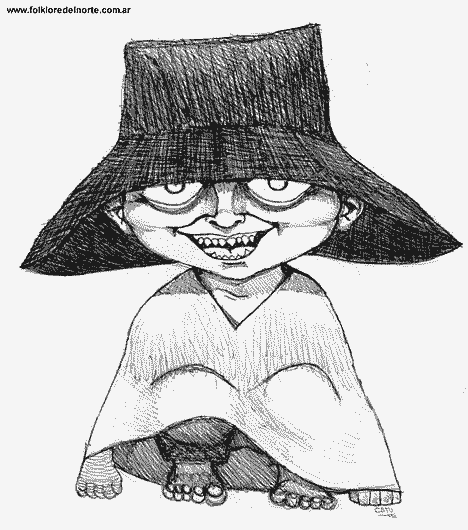
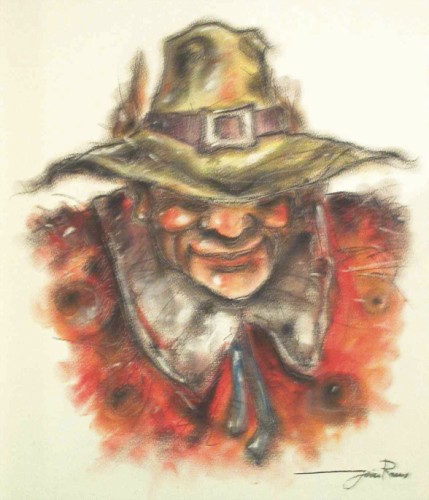

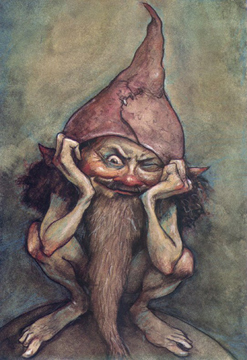
Now this one is really odd. When I got home from the reunion, I downloaded some of my photos from my digital camera. One of the photos I took with Jamie came out really wacky:
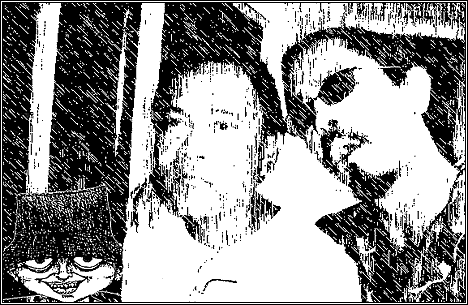
I also seem to be missing a slipper.

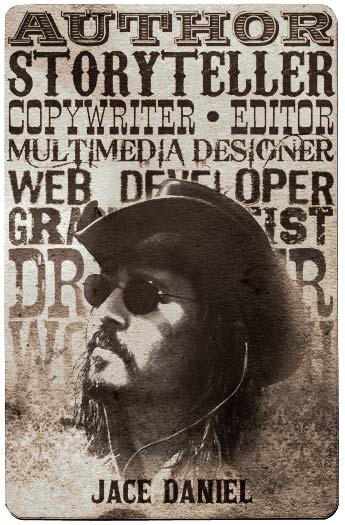









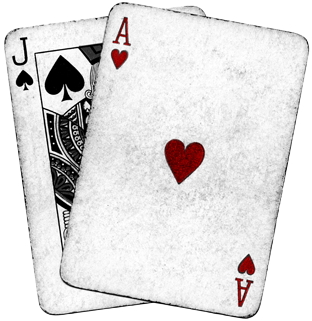
OK, check this out.
One of my Grampa Cecil’s favorite hobbies was making audio tapes on his cassette recorder, which was cutting-edge technology in his day. My Gramma recently gave me a shoebox full of the cassettes he made over the years, such as our Alphabet Song, and so forth. The shiny image of the spirally metallic speaker panel on those handheld tape recorders with the red or blue Record button goes as far back as I can remember. Thinking back now, the tape recorder was probably one of my first introductions to the importance of color usage in a user interface.
After returning to L.A. from the recent Albao Reunion this summer, I revisted this box of tapes. One such tape’s label immediately jumped out at me:
Kilho, as remembered by Uncle Manuel, the author of these documents! Uncle Manuel discussing Kilho on tape! No way! I grabbed the tape and threw it into the tape deck. Pressed Play…
Jammed.
Tried Rewind. Jammed. Tried Fast Forward. Jammed. Bummer and a half.
As I sat there in the garage with this priceless piece of old media, I grabbed a screwdriver, pencil, and pliers, and made several attempts to carefully force the tape’s reels one way or another, trying to unjam the thing. No luck. I was left with a worthless piece of plastic unless I took the thing to a new level.
In a wave of inspiration, I ran into the house to grab a hammer. Let’s crack the case open and see where it takes us. I figured, we’ve got nothing to lose, right?
So there I am, in the garage on a warm afternoon in late summer, no shirt. At that moment, I had a sort of outer-body experience, a heightened awareness, of what I must’ve looked like right then and there. There I was, in the garage, no shirt, trying to fix something. I laughed out loud to notice the similarities between me and my ancestors, like Grampa and Uncle Eddie. I almost felt their spirit and determination in me, coming out of my hands. I can’t tell you how many memories I have of Uncle Eddie, in the garage, with no shirt, trying to fix something.
Really. I had to laugh.
Anyway, I take won hamma and crack ’em open, eh? Ho, da bugga went all funny kine: twisted, stretched, mangled. Looked completely ruined.
The tape was played about halfway through when it became jammed. This meant that when I opened the case, I was left with two semi-wound reels of tape with a couple feet of twisted, balled up, sticky, warped tape that was far from flat, and resembled something more along the lines of a bumpy black fishing line.
As I sat there contemplating splicing the damaged portion out and (duct!) taping it back together, I began to carefully flatten out the damaged tape, one-sixteenth of an inch at a time. This proved frustrating, since as I wound tape around one reel, the other reel would unravel, and vice versa. I ended up setting both reels flat on the work bench, and wound one reel as tightly and as cleanly as possible. I taped it down and then, while holding the other reel, I dangled the secured reel like a twisted yo-yo, getting most of the twists out. The trick worked. I’m quite proud.
With most of the twists out, I then concentrated on flattening and winding the loose few feet of tape around the other reel. I was getting close! Is this gonna work? Kilho!
I then reached the last several inches of loose, wrinkled, semi-flattened tape. Needed to carefully make some final corrective untwists to register the reels, and, wow. I got the tape back on the reels. I wonder if it’ll even Play…
…I pop the reels back into what was left of half of the plastic cassette case, made some guesses regarding the spooling, and put the other half of the case on top. It snapped into place a bit, but needed some extra masking tape to hold.
I put it in my good old Denon tape deck, and voila! It worked.
This tape contains about an hour of conversation with Uncle Manuel, discussing his memories of Kilho. It seems the tape was recorded in Manuel’s senior years, and recorded in Manoa at an Auntie’s house. I hear the voices of two women interviewing Manuel. I presume they are Mary and Auntie Rosalie.
I’ve made a few copies, and will begin distributing them to others who can do the same.
What does Manuel say on the tape? Well, you’ll have to wait and hear for yourself.
Until then, for the patient folks who’ve read to the bottom of this lengthy comment, here’s a teaser:
>> What is Kilho?
Do you have any copies of Kilho tape by Uncle Manual? I would love to have a copy. I’m Rosita’s son and just discovered this site. That makes us cousins. You can let me know at my email address, RTamarra@comcast.net. Mahalo.